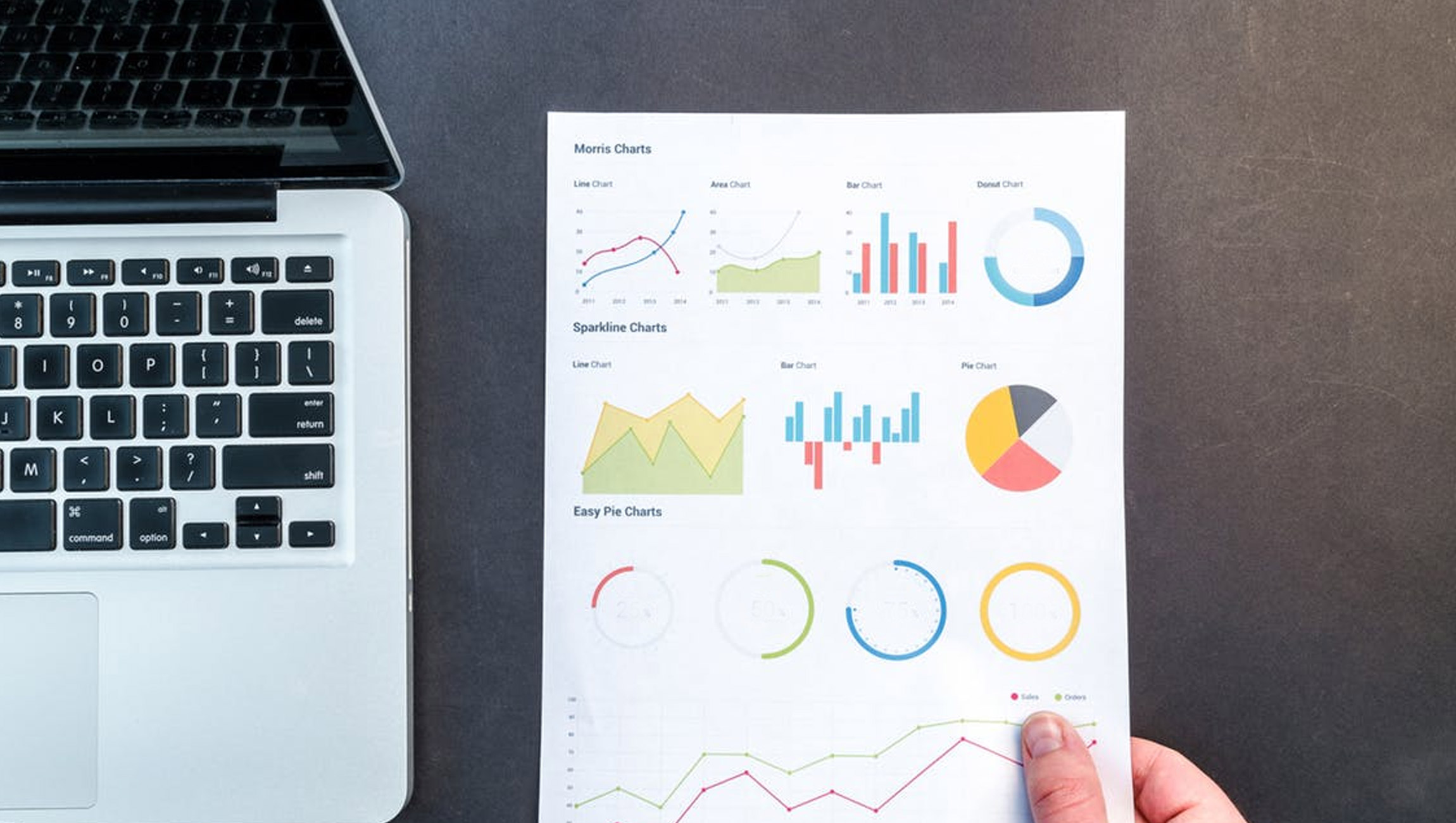
1. Deliberate Data-Culture Initiatives
Companies openly articulate their need to shift their organization’s culture to become more data-inspired in decision-making related to strategic and tactical decisions. Now it seems they’re starting to put initiatives in place to encourage this shift and move the environment along more quickly, with the hopes that this priming would help increase absorption and adoption of analytics solutions.
Read More: Why Your Business Needs to Pay Attention to Its Social Media Analytics, from Day One
2. Unstructured Data Proliferation
With the dynamic shifts of data collection methods, types, and availability of data on consumers, machines, and just about everything else, I suspect the future holds more creative types of data, especially unstructured elements such as audio, video, mood capture, and other types of data.
3. Need for Real-Time Models
Gathering insights and reacting on them over a fiscal year is helpful, but developing solutions that enable answering what is needed now will most likely become more commonplace. My estimation is that we’ll see this trend across analytics applied within several contexts. As one example, consumers may hold higher expectations for brands to understand them at a deeper, more detailed, and holistic manner, and respond immediately to fulfill preferences at the moment of relevancy. Analytics on demand in real time may take over tradition static insights to meet the fast-paced environments where they are applied, whether that’s a marketplace, research lab, or other.
Read More: 5 Shrewd Ways of Using Big Data Analytics To Enhance Customer Service
4. Specificity, Granularity of Insights, Including Mass Personalization
The granularity and precision of analytics solutions will likely improve as we gather more details and complex data on individual units, whether that includes rail cars, drops of a poisonous substance, or persons. Analytics may move more toward applying unique solutions on a per-unit basis to create more precise reactions.
5. Tool Reliance/Citizen Analyst
Accepting secret sauce as a core ingredient may become more commonplace, and trust in packaged analytics processes could breed more citizen analysts across organizations. This trend may be a bit disturbing for some, but the growing need for analytics solutions and work may lead the higher tolerance of placing sophisticated tools in the hands of professionals with less data science knowledge.
6. Increased Movement Toward Automation, AI, Deep Learning Techniques, Methods, and Processes
As we forge ahead towards developing specific, real-time solutions to answer complex problems, we’ll need to apply, possibly even discover, more complex and sophisticated methods for answering these questions.
The dynamic nature and improved capabilities for analytics continue to excite and enable companies and even individuals to do more and in better ways, and I’m looking forward to seeing what the future of analytics brings toward our decision-making processes in the coming new year.
Read More: Deloitte Leverages Anodot for Real-Time Autonomous Analytics












Comments are closed.